Everything About Everyday Carries
What do you carry with you every single day? It could be a range of items, such as your car keys, chapstick, phone, or maybe a cold brew. The gist of an everyday carry kit is to have all the things you may need on your person at all times in a compact way to avoid hindering your day-to-day life. One crucial addition is an everyday carry first aid kit. These first aid kits get down to the nitty-gritty and generally only contain the bare bone basics to treat life-threatening injuries with a few supporting supplies.

Inside an EDC Kit
Bare Bone Basics
These items are life-saving and a necessary addition to any everyday carry kit.
Chest Seals
Chest seals are imperative for puncture wounds on the torso, neck, and armpits. They prevent air from entering the chest cavity and collapsing lungs or causing heart attacks. If the seal has vents, all you need to do is wipe the wound, apply the chest seal, and forget about it (don't actually forget about it and see a medical professional who can patch you up). If the chest seal does not have vents, you must pay careful attention to the patient. Vented chest seals allow air that has already entered the wound to exit through the ducts without allowing more air in. Unvented seals will trap air inside the torso without any means to escape. If a victim has shortness of breath or starts becoming drowsy, it may be a sign that the chest seal has trapped air within the wound, or air may be leaking from the lungs. In this case, they will need prompt medical attention.
Tourniquet
Arterial bleeds leak like a garden hose and can cause death within minutes. Tourniquets are easy-to-use devices that, for lack of a better term, crush the damaged artery against your bone to stop blood flow to an injured limb. So if you've somehow misplaced your arm, a tourniquet can keep you kicking until you reach a hospital.
However, tourniquets aren't infallible! Tourniquets can't be used for all hemorrhaging, and they may occasionally fail. Tourniquets can't be used on the torso, groin, armpits, or neck as it's unable to cinch the needed arteries for most of these. Most tourniquet failures are due to user error. Practice using your tourniquet on yourself and others so you can quickly and efficiently apply it should the need arise. It's also recommended to carry a secondary tourniquet of a different make in case the first breaks or fails. In the case of failure, apply the second tourniquet beneath the first.
Hemostatic Dressing

As mentioned before, tourniquets aren't a cure-all for heavy bleeding. That's why your EDC needs to include a hemostatic dressing. This item is, in simple terms, gauze that's on steroids. If you want to get just a little bit more technical, it's gauze infused with a hemostatic agent. For example, QuikClot uses a mineral called kaolin, which accelerates your body's natural coagulation by causing a protein chain reaction.
For severe bleeding in the armpits and groin, place the dressing directly on top of the damaged blood vessel through wound packing and direct pressure. This is the most efficient use of the dressing and will achieve the best results.
Supporting Tools
These won't save lives in the moment, but they serve their own vital functions.
Gloves
For those who aren't squeamish, a germaphobe, or in the medical field, you may not have considered gloves significant enough that you need to keep a pair in your EDC kit. If this includes you, hold on to your socks cause you're in for a ride (and by ride, I mean a shock)! You can get diseases from strangers solely from touching their bodily fluids. Just a few of these diseases include HIV, AIDS, and Hepatitis. This is why doctor's offices and hospitals make such a big deal over biohazards and their cleanup.
Just like how you're supposed to put on your own oxygen mask before helping your child (or inebriated buddies since they're practically the same thing), you need to secure your safety before aiding others. Wearing gloves will keep you from directly coming into contact with possibly infected fluids with the added benefit of being more sanitary. If you have dirty hands, you could cause an infection later on.

Marker
You may be thinking, "what purpose does a marker of all things serve in a first aid kit, let alone an everyday carry kit?" Worry not; I had the exact same question when I first learned about EDC kits and tourniquets! A marker itself isn't crucial, but what is critical is knowing the exact time you apply a tourniquet. And since all commercially available tourniquets have a spot to write the time of application, it makes sense to have something to write the time with.
You need to know the time of application because that determines the treatment the patient needs from emergency services. When a tourniquet is applied, it cuts off blood flow, and waste that would typically be removed from the area through the bloodstream will build up. If the tourniquet is loosened prematurely without the necessary precautions, these toxins risk flooding the heart and other organs. If this happens, the patient's life will be at risk...again! And who wants to almost die twice in a row?
Where to Keep Your EDC

This is the fun part; even though an EDC should always be on you, you can keep it anywhere! And I mean anywhere. For the more practical folks, you can clip it to your belt or backpack. If you enjoy tactical gear, you may want to attach it to an ankle, thigh, or arm holster. And lastly, for you extravagant fellas, might I recommend snapping it onto a pair of suspenders? It makes a great accessory and really shows off how prepared you are!
No matter where you keep your everyday carry kit, we can all agree that it's an indispensable addition to your personal arsenal. If you don't have one, you need to get your hands on one asap! While life is indeed a party, it may just decide to make you the pinata one day. So be prepared and don't let it get the best of you!
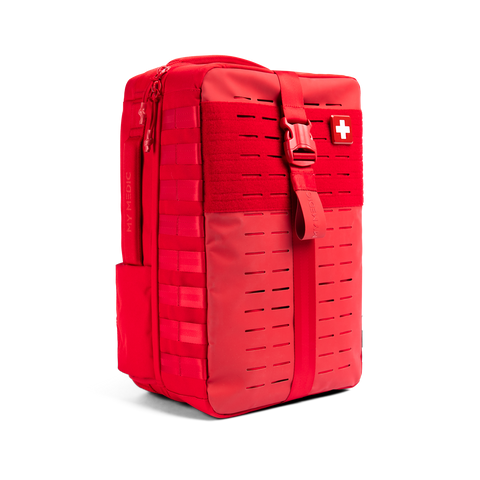 NEW ARRIVALS
NEW ARRIVALS
 BEST SELLERS
BEST SELLERS
 SUPERSKIN™
SUPERSKIN™
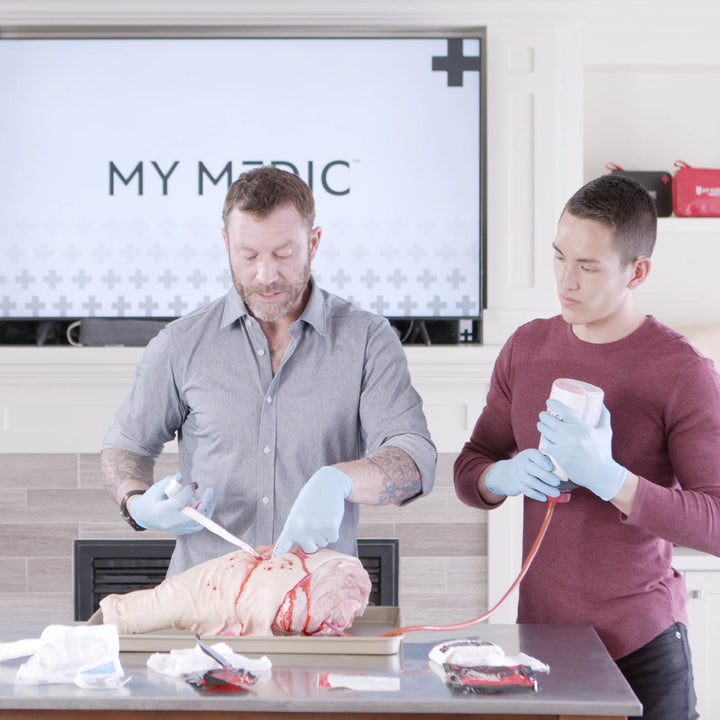 COURSES
COURSES
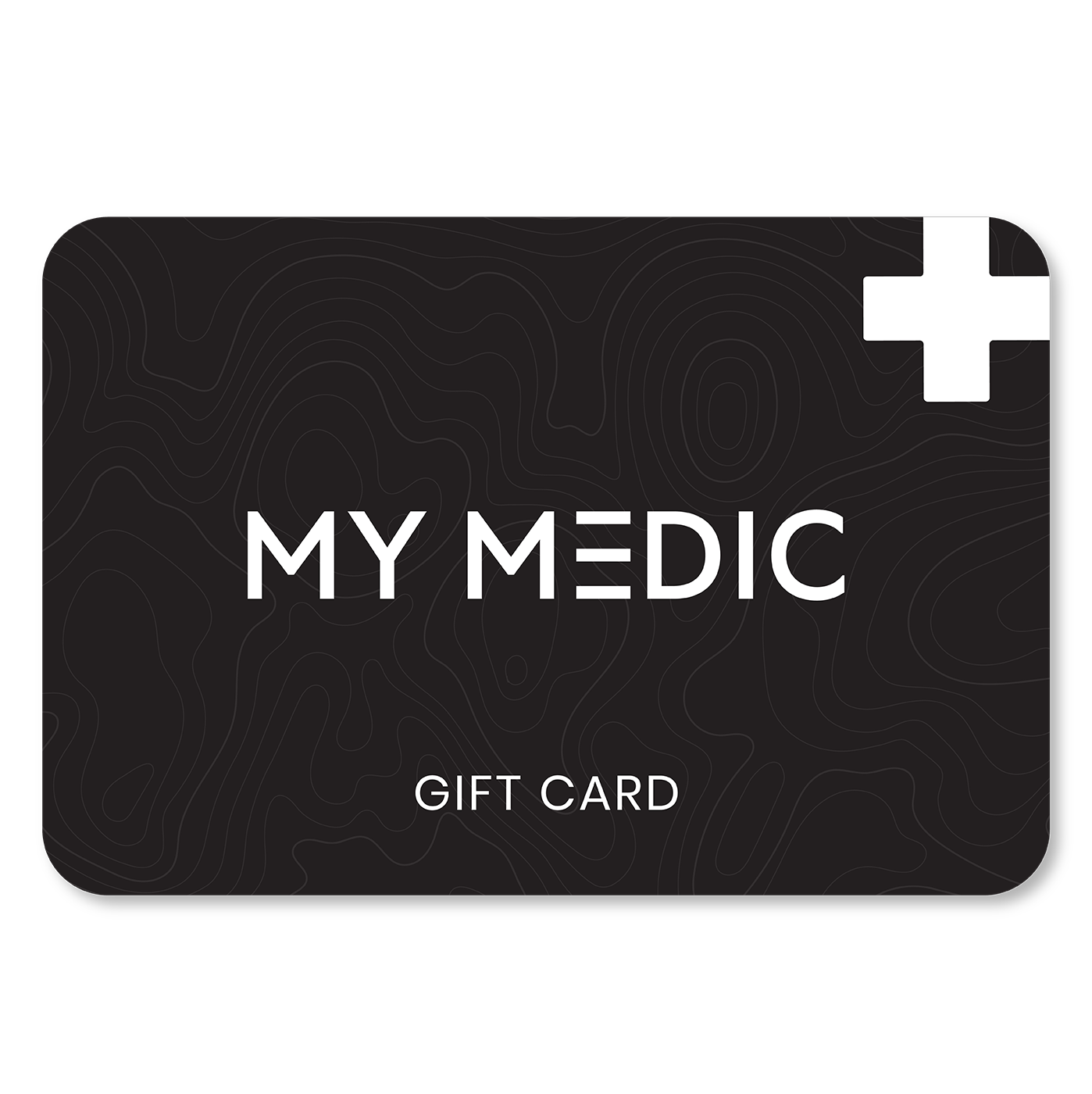 GIFT CARDS
GIFT CARDS
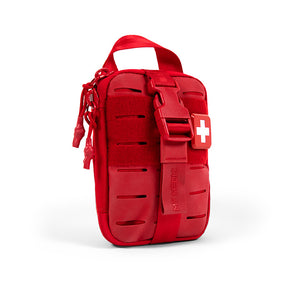 The MyFAK Collection
The MyFAK Collection
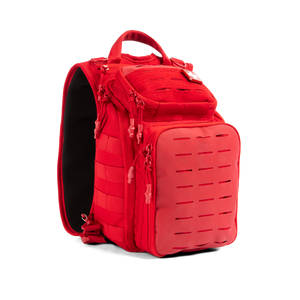 Specialty
Specialty
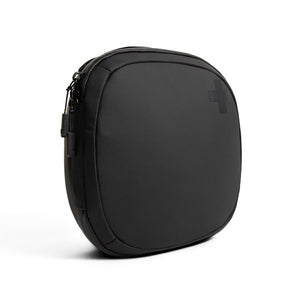 The Ready Collection
The Ready Collection
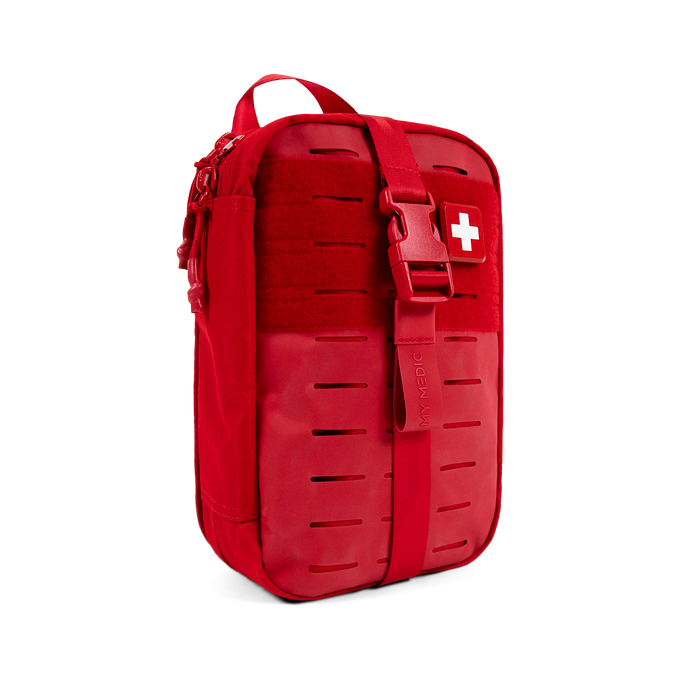
 BLEED
BLEED
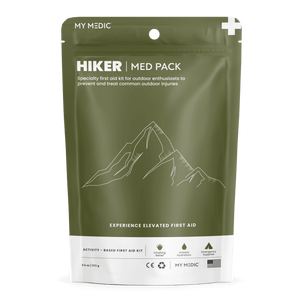 OUTDOOR
OUTDOOR
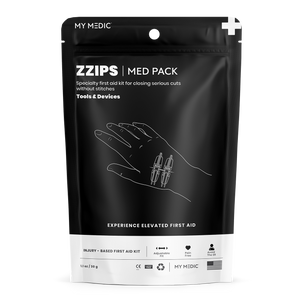 TOOLS & DEVICES
TOOLS & DEVICES
 AIRWAY
AIRWAY
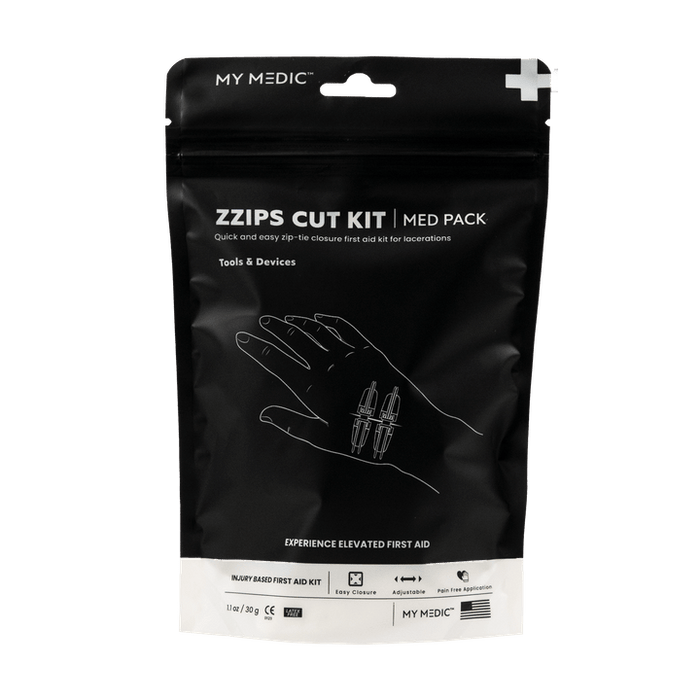
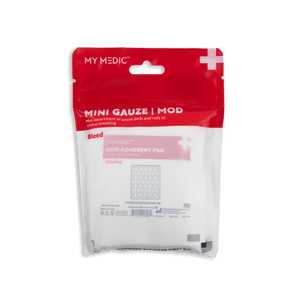 BLEED
BLEED
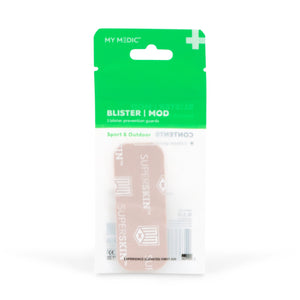 OUTDOOR
OUTDOOR
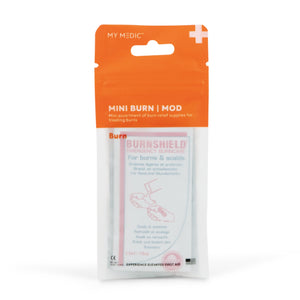 BURN
BURN
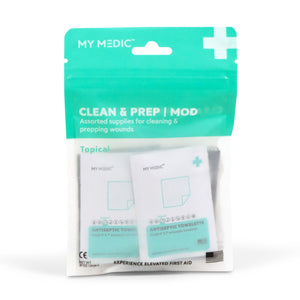 TOPICAL
TOPICAL
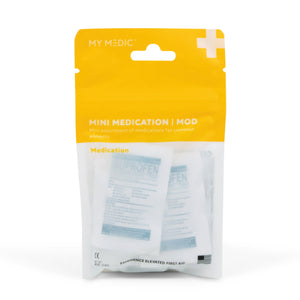 MEDICATION
MEDICATION
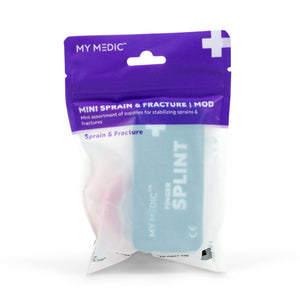 SPRAIN & FRACTURE
SPRAIN & FRACTURE
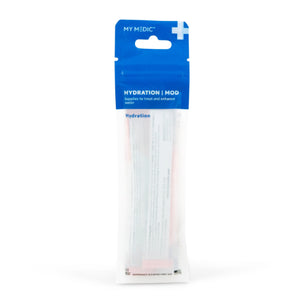 HYDRATION
HYDRATION
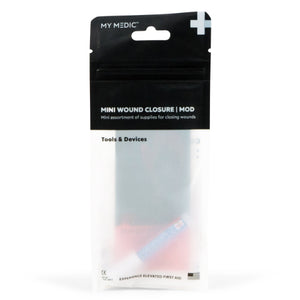 TOOLS & DEVICES
TOOLS & DEVICES
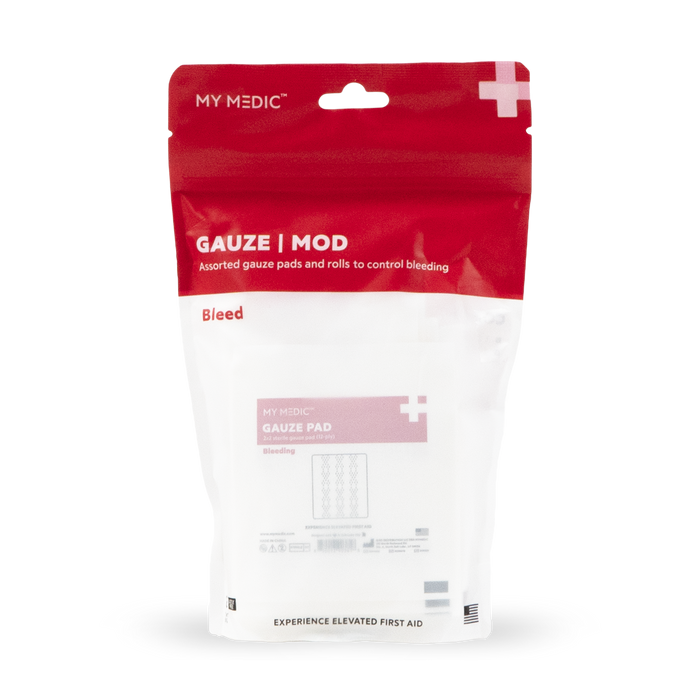
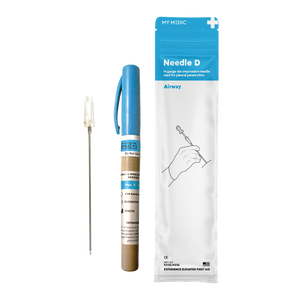 Supply Categories
Supply Categories
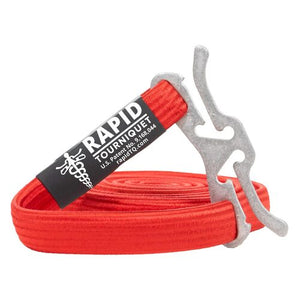 Top Sellers
Top Sellers
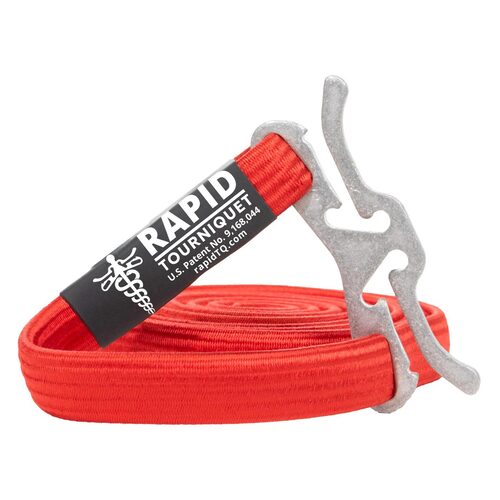





Leave a comment